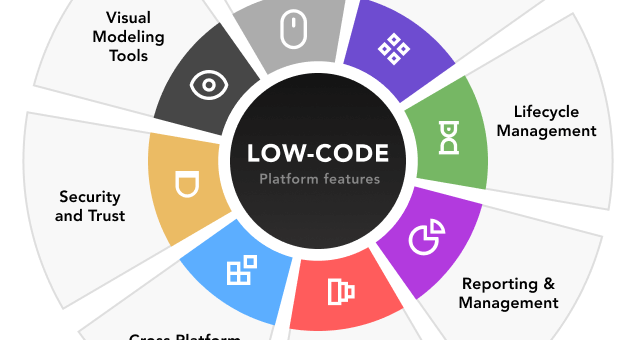In a world driven by technological advancements, the way we interact with the web is evolving at an unprecedented pace. Among these advancements, voice search and artificial intelligence (AI) stand out as transformative forces reshaping the digital landscape. Together, they are revolutionizing how we search for information, make decisions, and interact with devices, setting the stage for a more intuitive and accessible online experience.
The Rise of Voice Search
Voice search is no longer a futuristic concept; it has become an integral part of our daily lives. From asking Alexa to play our favorite song to using Siri for directions, voice-activated technology is everywhere. According to recent studies, over 50% of smartphone users engage with voice search regularly, and this number continues to grow.
The appeal of voice search lies in its convenience and efficiency. Speaking is faster than typing, and voice recognition technology has become remarkably accurate, understanding natural language and context. This seamless interaction allows users to get quick answers to their queries, making it particularly valuable in hands-free scenarios such as driving or cooking.
The Role of AI in Voice Search
Artificial intelligence is the backbone of voice search technology. AI algorithms enable voice assistants to process and understand spoken language, interpret intent, and deliver precise responses. Machine learning models, natural language processing (NLP), and neural networks work together to refine these capabilities continually.
For instance, AI-driven voice assistants like Google Assistant and Amazon Alexa rely on sophisticated algorithms to understand context, adapt to user preferences, and even predict future needs. These advancements have transformed voice search from simple question-and-answer interactions into dynamic conversations that mimic human dialogue.
How Voice Search and AI are Transforming Web Interactions
- Enhanced User Experience: Voice search simplifies how users access information. By eliminating the need for screens and keyboards, it offers a more inclusive experience for individuals with disabilities and those who are less tech-savvy.
- Personalized Interactions: AI enables voice assistants to learn from user behavior and preferences, providing tailored responses and recommendations. This personalization creates a sense of connection and improves user satisfaction.
- SEO and Content Strategy Evolution: The rise of voice search is reshaping search engine optimization (SEO). Unlike traditional text-based searches, voice queries are conversational and often longer. Businesses must optimize their content for natural language and focus on answering specific questions to stay relevant.
- Smart Devices and IoT Integration: Voice search seamlessly integrates with smart devices and the Internet of Things (IoT), enabling users to control their homes, cars, and more with simple voice commands. This interconnected ecosystem is enhancing convenience and efficiency across various aspects of life.
Challenges and Opportunities
While the potential of voice search and AI is immense, it is not without challenges. Privacy concerns, data security, and ethical considerations regarding AI usage are pressing issues that must be addressed. Additionally, businesses need to adapt quickly to this evolving landscape to remain competitive.
However, these challenges also present opportunities. Companies that invest in voice-friendly content and AI-driven technologies will be better positioned to meet the demands of a voice-first world. By embracing innovation and prioritizing user-centric design, organizations can unlock new avenues for growth and engagement.


